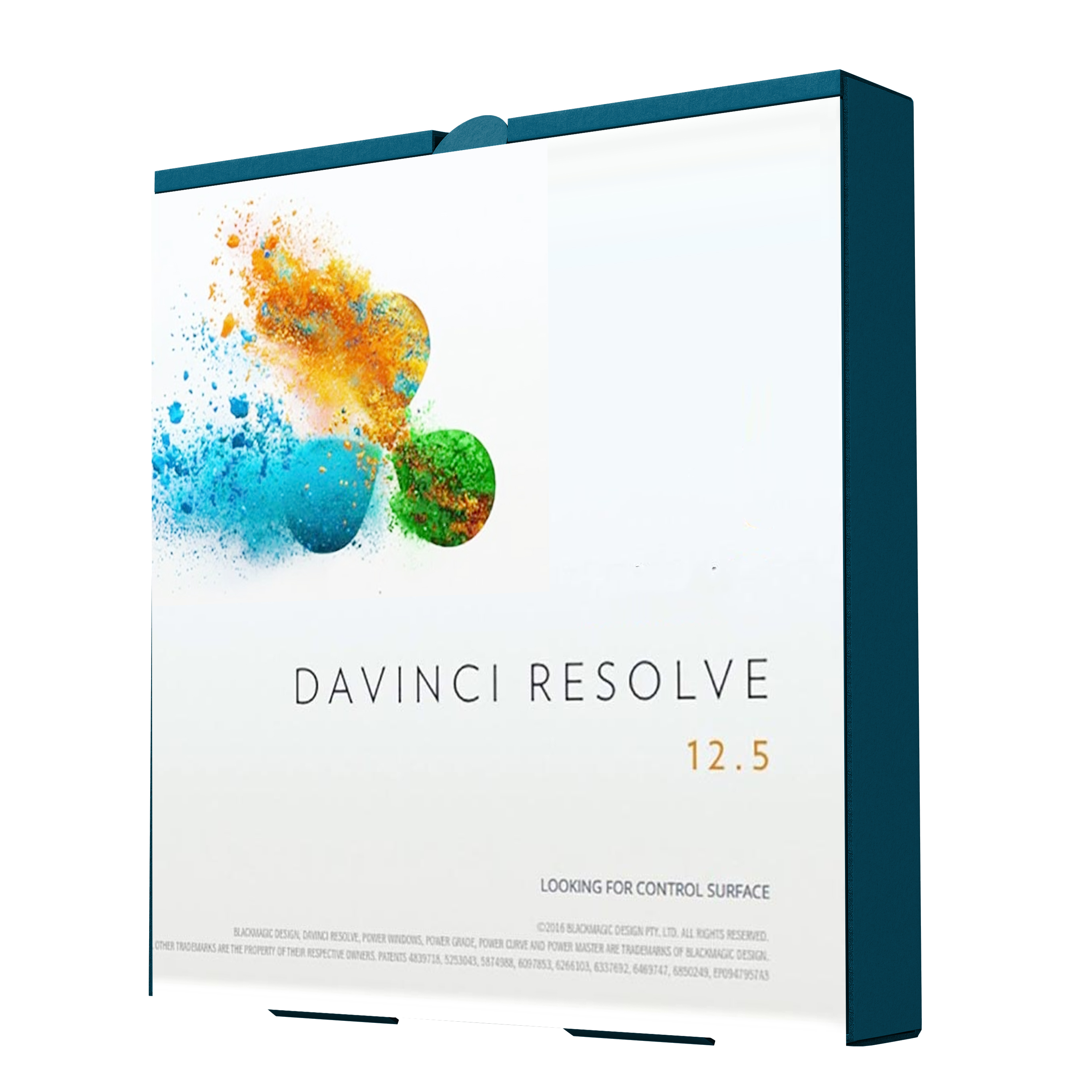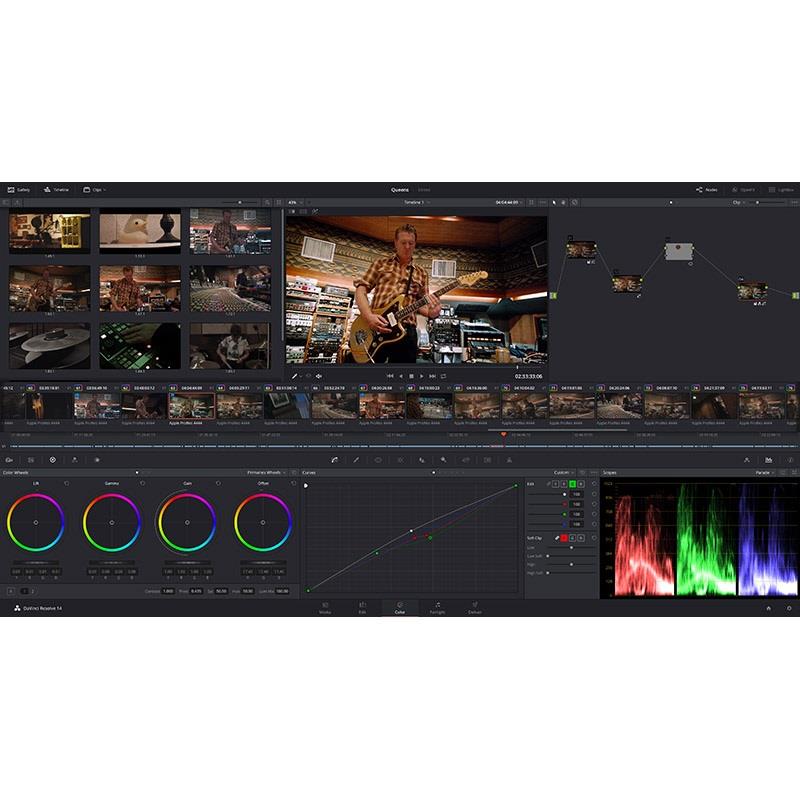

- #Anamorphic desqueeze davinci resolve studio full
- #Anamorphic desqueeze davinci resolve studio software
- #Anamorphic desqueeze davinci resolve studio code
#Anamorphic desqueeze davinci resolve studio full
With the latest wave of Full Format cameras comes new interest in anamorphic Full Format lenses. Once you synchronize LUTs in the monitor, you will easily change them on production.Here’s a reprint from the current edition (April 2018) of FDTimes about desqueezing anamorphic images with DaVinci Resolve.
#Anamorphic desqueeze davinci resolve studio software
Custom 3D LUT ImportĪllows you to load your making 3D-LUT files at NLE software like Davinci Resolve by USB flash memory and displays your LUT on VFM-055A or F-7H. The HDR emulation function allows users to check how an HDR image will look at the shooting location. Support displaying multiple inputs on the screen at the same time. 3G-SDI Level A/Bĭisplays user customized 8 characters or source ID or Tally signal of Ancillary (ANC) data on the screen. 1:1 Pixel Mapping Modes for SD/HDĭisplays the original image resolution without scaling to match a certain resolution or an aspect ratio. When shooting anamorphic the image you are monitoring is an “unsqueezed” preview of what’s actually being recorded. Supports several formats and resolutions that are ideally suited for anamorphic lenses and aspect ratios.

Vector Scope: Displays the color components ‘B-Y’ and ‘R-Y’of the input signals onto the X-Y axis. Waveform Y: Displays the Luma(Y’), Cb, Cr component of the input signal into waveform. 1:1 pixel: Displays the original image resolution without scaling to match a certain resolution or an aspect ratio. Underscan: Constrains the size of the image so the monitor shows everything the camera is seeing. Overscan: Extra area around the four edges of the image that may not be seen reliably by the viewer.

Various Scan ModesĬontrols the size of the image. User AspectĪdjusts the Width /Height display ratio.
#Anamorphic desqueeze davinci resolve studio code
Time Code Displayĭisplays the Timecode information on the screen. This function is to help the user to easily find out any unwanted levels of signals and for a better exposure setting. Range ErrorĪnahlyzes the input signal’s Luma(Y’) and chroma information(C’) and if the input signal exceeds the designated minimum value and maximum value, the pixel shall blink. A User Marker is available if any of standard markers fits your requirements. Wide range of markers and security areas are available with line color and curtain transparency selection. Key Lockĭisplays various kinds of aspect ratios on the screen. H/V DelayĪllows you to check the Blanking area and synchronize signals by displaying the horizontal and vertical intervals in the center of the screen. With this function, user can easily differentiate the focused area from out-focused area especially when shooting with a shallow depth of field. Focus AssistĪssigns a color to the pixels on the boundaries of the image to inform the user to achieve the best focus. For example, after displaying the Blue channel, adjust the Color (or Saturation) and Tint (or Hue) so that the original Magenta and Cyan are of the same brightness, and the original Gray and Blue are of the same brightness. This function is used to adjust the color tones (tones and saturation) of the screen using the SMPTE Color Bar. Red and Green channels are not used and only Blue or Monochrome channel is used to display the screen. Displays the level of the embedded sound signal together with the video signal input through the terminal such as SDI or HDMI.


 0 kommentar(er)
0 kommentar(er)
